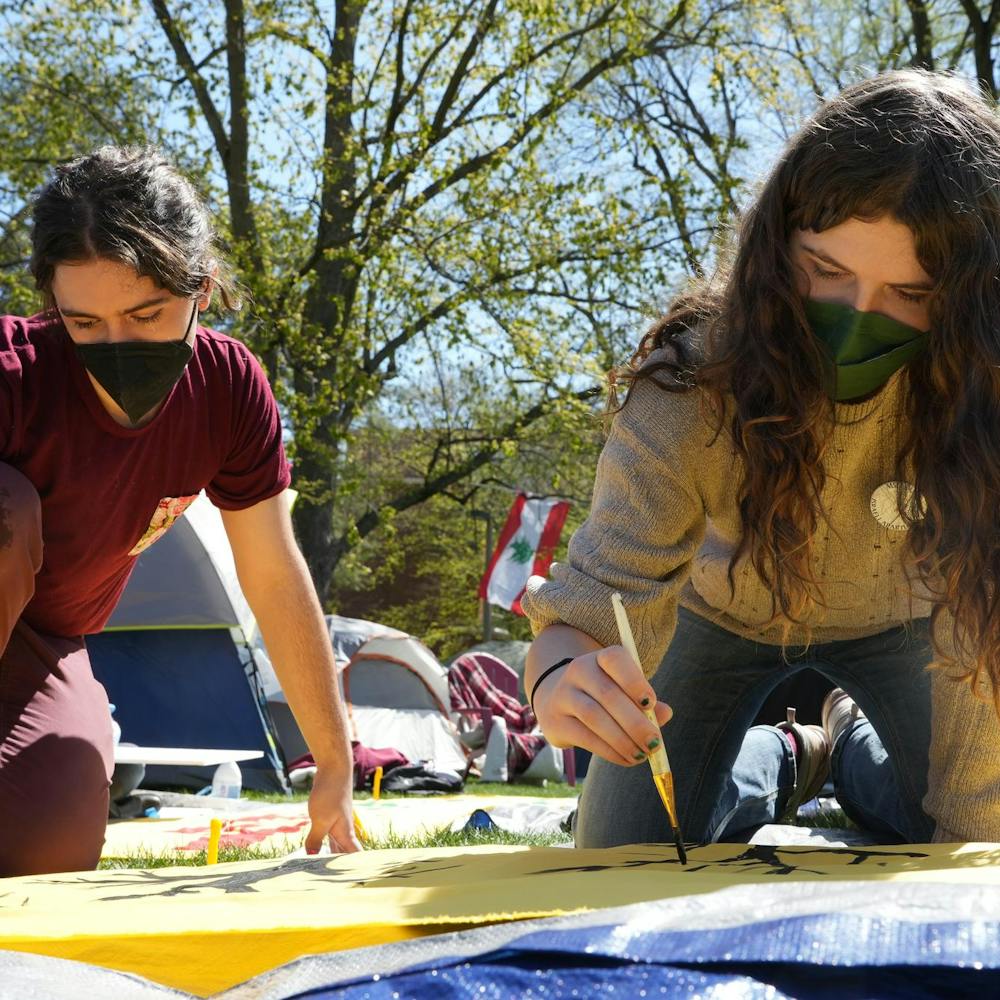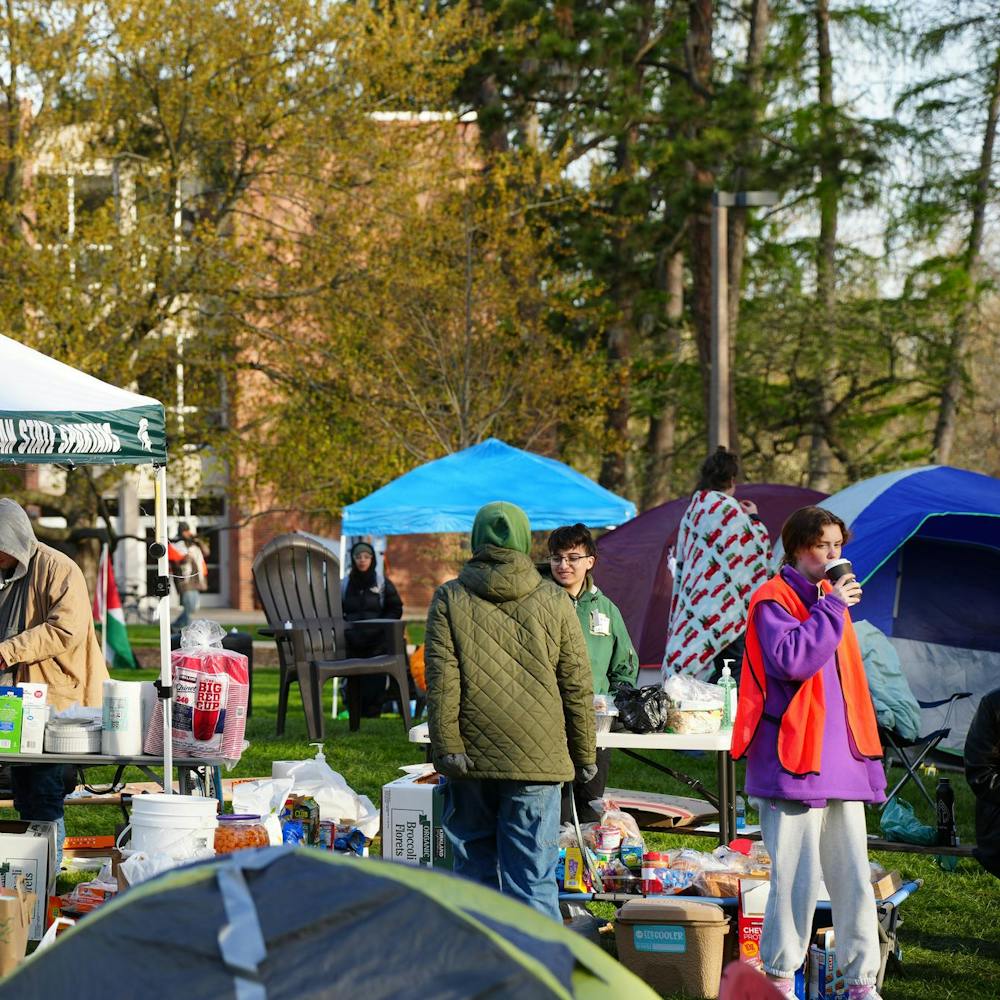At a stop in Flint on Thursday, President Bill Clinton spoke about the digital divide in America.
Meanwhile, tucked in a corner of Bessey Hall, there is a center dedicated to technology and learning for students and faculty with disabilities aimed at eliminating the deficit Clinton spoke of.
The Resource Center for Persons with Disabilities Assistive Technology Center uses a variety of tools, computer equipment and software to help MSU students have the best learning experience possible.
The technology center, located in Suite 120 of Bessey Hall, includes software that can read aloud to students, create electronic books or enlarge print for low-vision students.
A raised, talking map of campus helps blind students find their way around, and three real-time captioning specialists type out lectures and class discussions for deaf students. Adjustable height tables can accommodate students using wheelchairs. Braille printers can print out entire books for Braille-reading students. Students can even receive their report card in Braille to maximize confidentiality.
Michael Hudson, director of the resource center, knows firsthand how this kind of technology can help. He has been legally blind since he was young and worked through college with minimal exposure to technology.
“Technology keeps getting better and better every year,” Hudson said. “We’re just trying to keep up with it as it improves and to be a leader in this field.”
There are several hundred students with disabilities on campus, and 20 to 30 use the lab every day.
Song-Jae Jo, a rehabilitation and disability counseling doctoral student, thinks the lab provides the necessary materials for a complete education.
“I wouldn’t be able to make my class materials if we didn’t have this facility,” Jo, who is blind, said. “I didn’t even imagine this kind of thing as a child.
“All we had were those transcribers - those heavy machines that take so much manpower and time to use,” Jo said.
Karla Hudson, an employee for the Michigan Commission for the Blind, who is also married to Hudson, says the lab helps provide the skills people with disabilities need after college.
“Ninety percent of blind workers use Braille,” Jo said. “I was in (the lab) almost every night as a student, sometimes with all three Braille printers going at once.”
The center also provides training for students on all of their equipment. Unfortunately, because of the rate at which technology moves, some of the technology is outdated.
“There are so many newer things out there,” Jo said. “We always need more funds and manpower to provide technology, accessibility and availability.”






